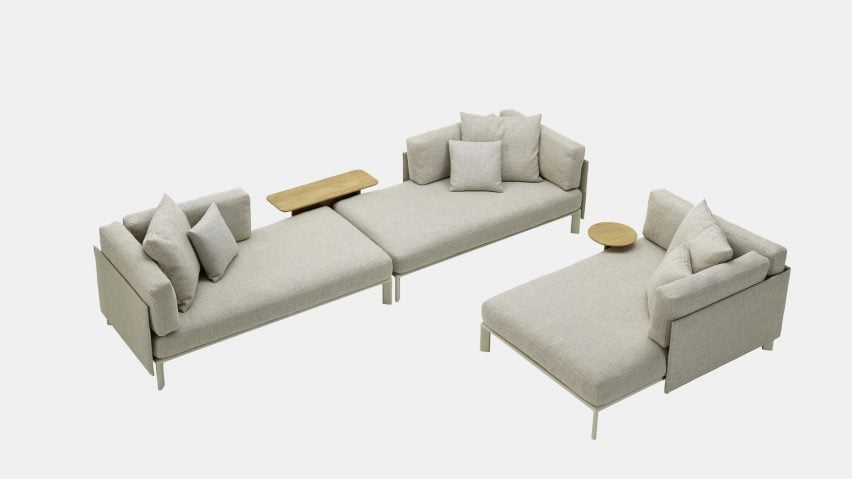
Vitra and Panter & Tourron avoid foam and glue in future-minded Anagram sofa
Design brand Vitra has worked with Swiss studio Panter & Tourron on its latest sofa, Anagram, which is intended to "act like a bridge between today and tomorrow".
The Anagram sofa can be disassembled into its constituent materials for recycling and is light on foam as a filler material, in order to improve its environmental impact.
It also has a modular structure that was intended to be easy to change, whether for a short-lived activity such as a movie or game night or for a more long-lasting reconfiguration when moving homes.
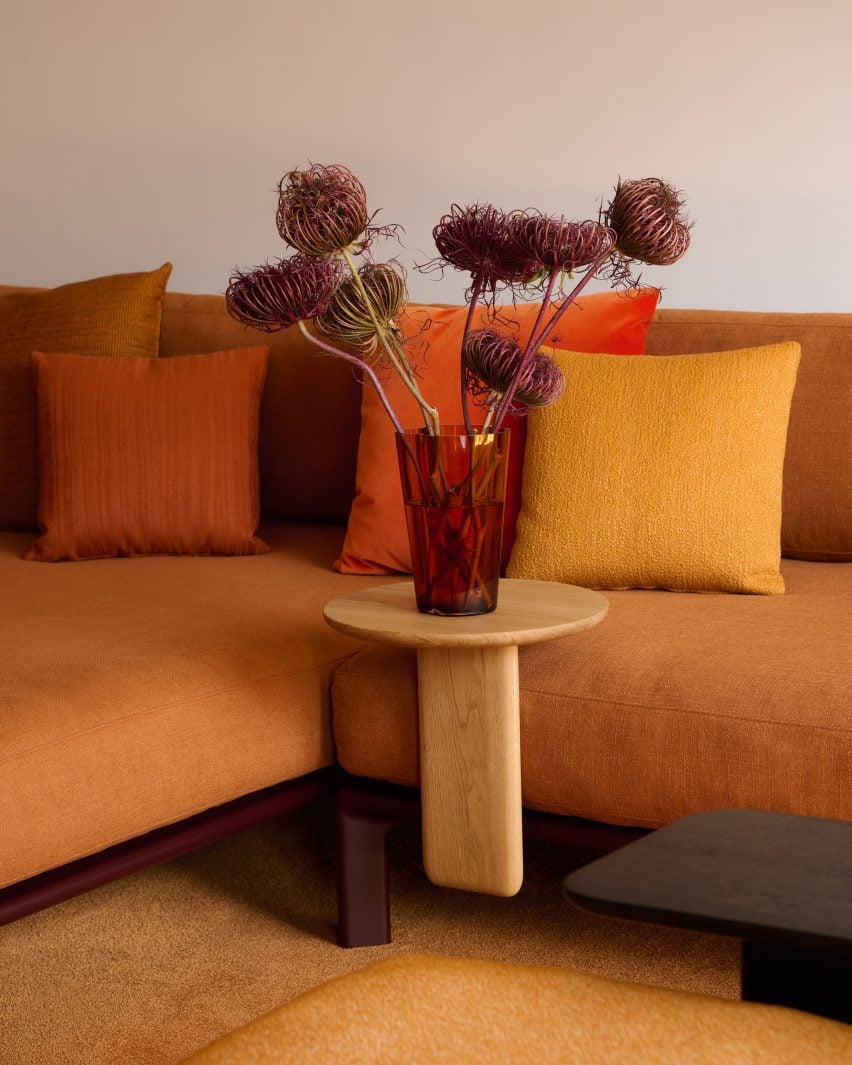
The Anagram sofa was designed in response to social and cultural changes, Vitra said.
Whereas once living room furnishings were centred on the TV, that is changing as individuals use their own devices for entertainment, or use the home for multiple functions like working.
To accommodate shifting lifestyles, the company asked Panter & Tourron to create a sofa that would feel like "an assortment of possibilities" rather than something bought to fit a particular living room.
"Anagram acts like a bridge between today and tomorrow," said Stefano Panterotto, who founded Panter & Tourron together with Alexis Tourron.
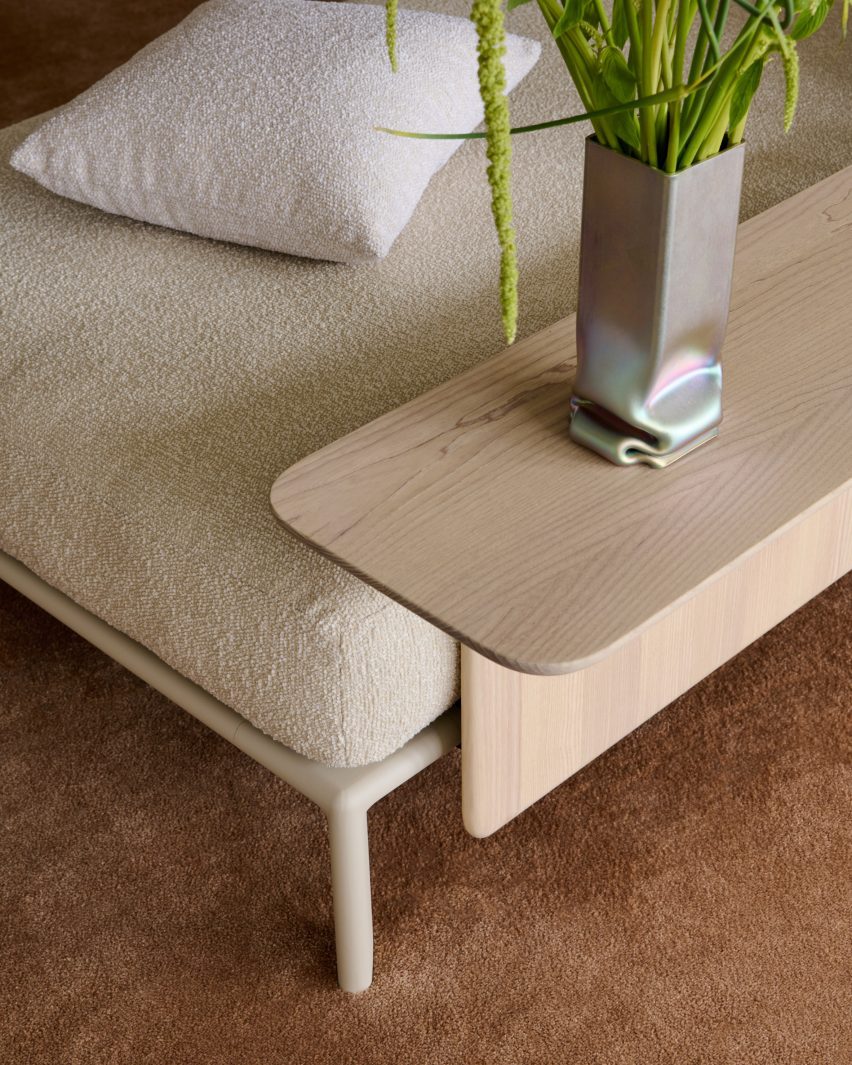
The sofa can be adapted from a traditional seating configuration to something more "contemporary and unconventional" such as "face-to-face, back-to-back or non-directional," Panterotto said.
It can also be separated into a reading nook or be used for a guest bed.
"The idea was to have something truly innovative and technical, without making a product that is unapproachable, and keeping it a transversal product that could fit a house today as well as in 20 years from now," Panterotto continued.
Key to this design is the click mechanism that Panter & Tourron developed with Vitra to make Anagram's modules and elements not just easy but "almost fun" to change around, said Tourron.
The system allows elements to be moved along the frame, rather than fixed to a set spot.
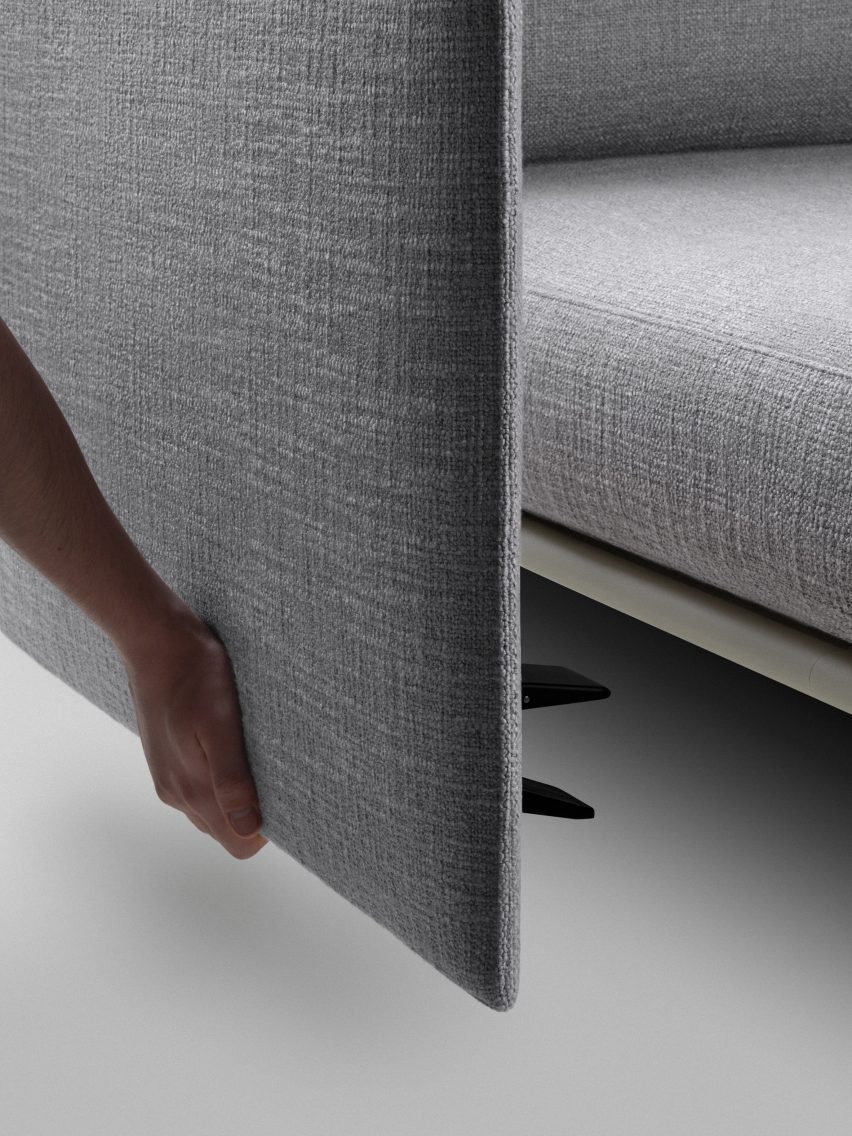
"The development was tricky since we had to take into consideration international regulations about weight and forces applied, different countries' safety rules and so on, but the result works perfectly," said Tourron.
Anagram was also designed to address two of the main issues that make sofas difficult or impossible to recycle – the use of polyurethane foam and the glueing together of different materials.
The ability for total disassembly is achieved through a structure that Panterotto says "looks simple but is not".
It is based on a lightweight aluminium frame that has a suspension layer of webbing stretched across it which all of the side panels, backrests and accessories attach to.
However, there is room for improvement in the future as materials technologies progress. Anagram still uses a "minimum" amount of foam "only in the core section, in order to guarantee the right level of absorption to the seating", according to Panterotto.
The rest of the filling is replaced with 100 per cent recycled PET fibres – a material that the designers intend to exchange or renew with a better alternative if one becomes available.
Removable fabric covers and the use of 80 per cent recycled aluminium in the frame adds to the product's circularity.
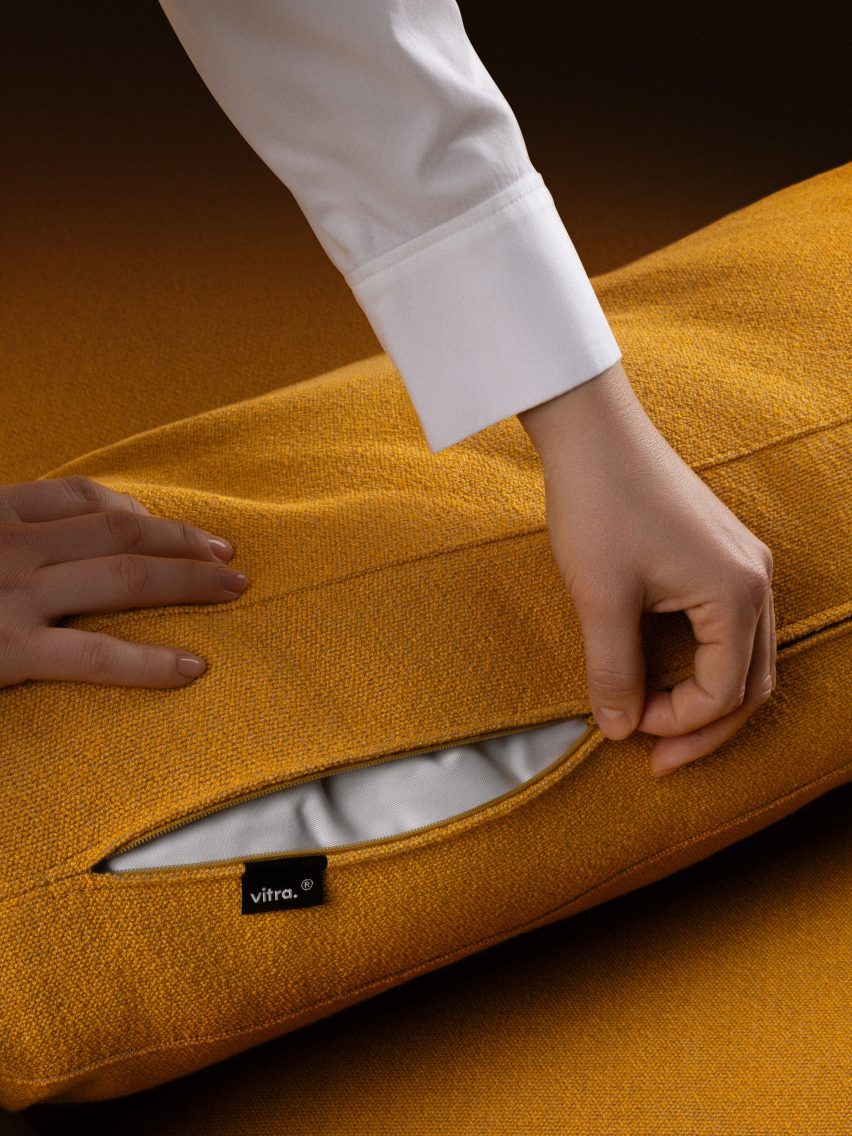
According to Panter & Tourron, the reason that most sofas are unrecyclable is because of cost savings.
"Sofa are the pinnacle of structure complexity, where an array of materials are coupled and bonded together for the sake of the ultimate 'comfort'," said Tourron.
"The reasons for these choices from producers are mainly economical, choosing composite materials over monomaterial and preferring faster glue assembly over designed-for-disassembly furniture."
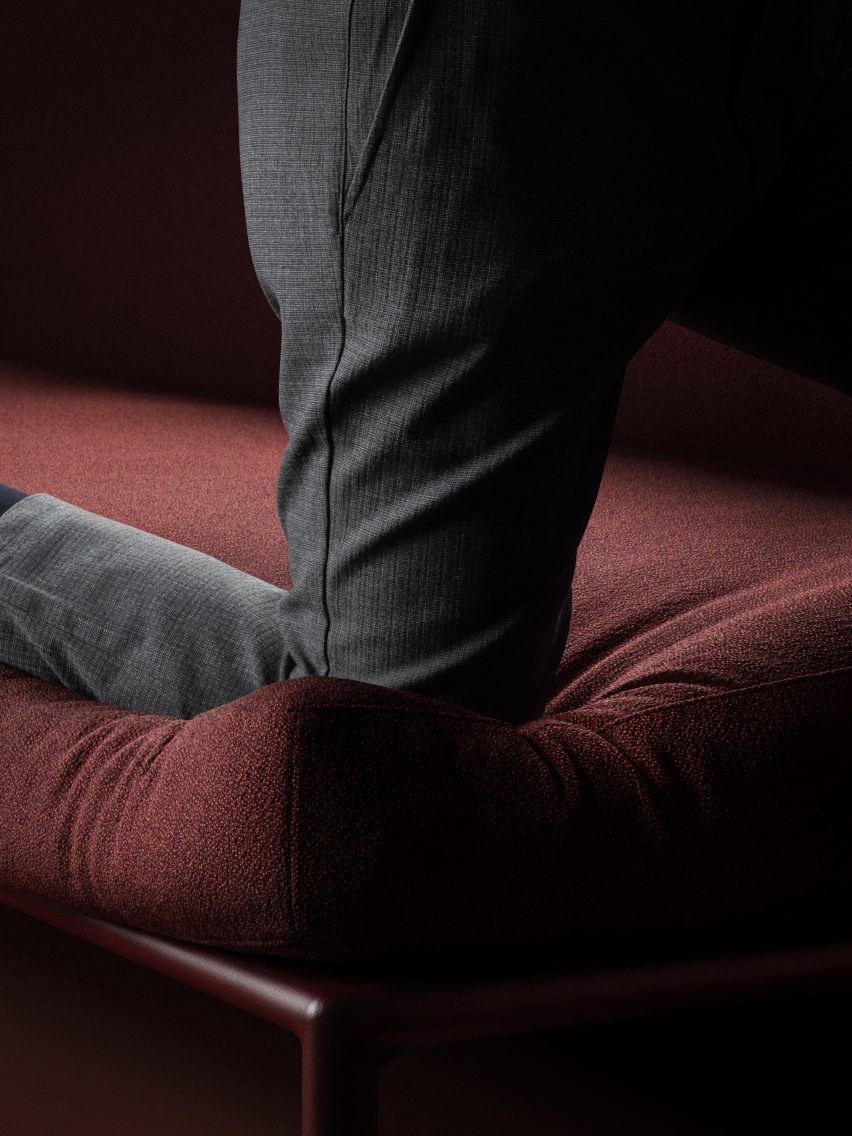
The designers said that they hoped more sustainable sofa designs would eventually make it to mainstream retailers as well as high-end brands.
The Anagram sofa applies some of the insights Panter & Tourron gained through their Couch in an Envelope project with IKEA innovation lab Space10 and their self-initiated Tense flat-pack furniture collection.
Other recent work from the studio has included the open-source Terra AI "compass" and an installation at this year's Milan design week on the past and future of the living room.